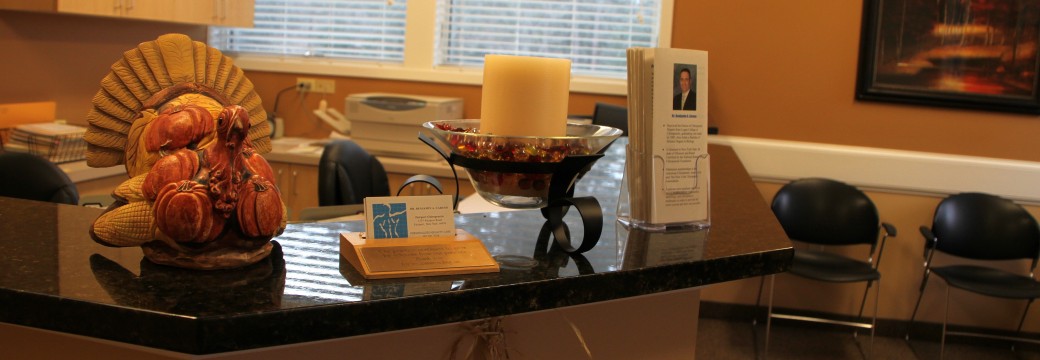Christmas Customs… How They Began
Use of the nativity scene (crèche) as a Christmas symbol dates back to St. Francis of Assisi. In 1224, he set up a manger scene in the hills above the village of Greccio, Italy, to dramatize for his parishioners the humble origins of Jesus. He built a real stable with live animals, straw and hay. People dressed as Mary and Joseph, and shepherds stood among the cattle near a straw filled manger containing a lifelike wax image of the Christ Child.
In Greccio, the manger scene was so loved by the villagers that it was repeated year after year at Christmas. Gradually it was adopted by other towns and the custom spread. Eventually, the manger scene became as important to the celebration of Christmas in Southern Europe as the Christmas tree was in the north.
The wassail bowl that we associate with Christmas celebrations comes from an ancient Saxon drinking custom. The medieval wassail bowl was chosen for its size and beauty and was decorated with arcs of evergreen over the top. The drink itself was a combination of hot ale, sugar, nutmeg or ginger, decorated with baked apples.
Christmas carolers in old England often carried wassail bowls with them when they went caroling. They would go “wassailing” to the house of a friend, sing a carol, and offer a drink to those inside.
Hanging mistletoe is a pagan customthat has survived become a part for Christmas holiday traditions. Druid priests cut mistletoe wit a golden sickle and caught it in a white cloth before I could touch the ground. It was then distributed to their followers to hang in their homes. Its magical powers were supposed to bring happiness, romance and peace.
In ancient Scandinavia, enemies meeting by chance beneath a tree bearing mistletoe were obliged to disarm, embrace in friendship and keep peace together for the rest of the day. Perhaps from this legend comes the English custom of kissing beneath the mistletoe
Fairport Chiropractic1157 Fairport Road
Fairport, NY 14450
585-381-7724

